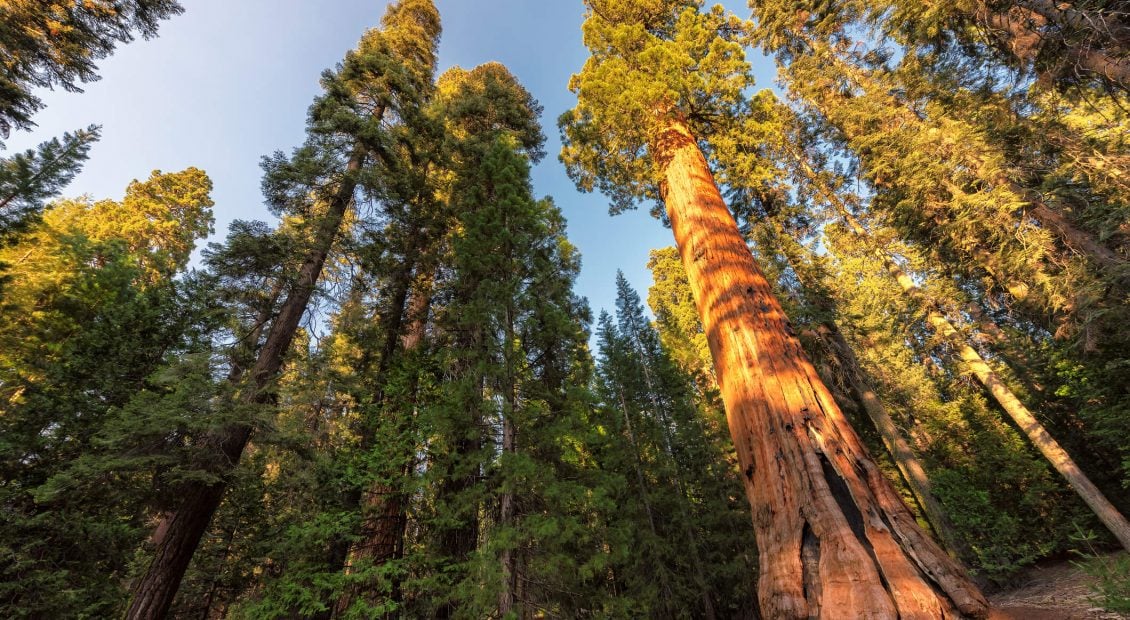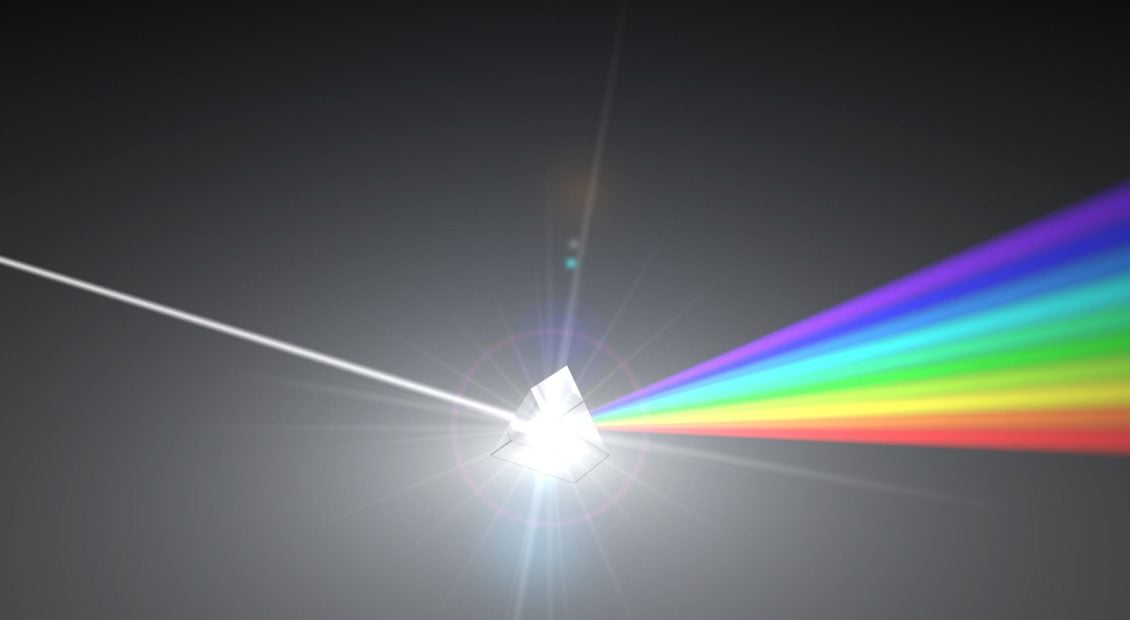
WRC-23: Readout and implications for telcos
World Radiocommunication Conference 2023 gave telcos some but not all of what they wanted: progress on 5G and 6G spectrum; but more spectrum will need to be shared in future.


World Radiocommunication Conference 2023 gave telcos some but not all of what they wanted: progress on 5G and 6G spectrum; but more spectrum will need to be shared in future.

The transportation and logistics sector is one of the most promising industries for private LTE and 5G networks, as well as adjacent technologies such as edge computing and new Wi-Fi6E/7 versions. Although it offers opportunities for MNOs, some instances are challenging to address. Where can MNOs best meet enterprise needs?

Wi-Fi will retain its preeminent position for enterprise in-building connectivity, despite hype about 5G. New Wi-Fi 6/6E/7 generations are game-changers that entrench and extend its role and utility in verticals, especially with 6GHz spectrum. Telcos and policymakers should broaden their vision towards “network diversity” rather than solely focusing on 5G.

We evaluate how enterprises are exploring private cellular and edge, the challenges they face in scaling existing proofs of concept and pilots and how they and telco operators can overcome them.

Telecoms is too important to leave up to traditional fixed and mobile operators. Thanks to the “democratisation” of shared spectrum, virtualised networks, fibre and cloud – plus the demands of industry, government and local communities – a plethora of new service providers are emerging to fill the gaps. This report is intended as a “spotter’s guide” to the categories of network owners and operators.

We explore the recent developments in the private network market, regulatory activities and policies on local and shared spectrum, and the different deployment approaches and business cases for traditional telcos and the expanding range of other stakeholders.

This is part 3 of a 3-part series taking an in-depth look at how 5G pioneers have evolved their approaches to commercialisation since launch, navigating a maze of factors such as handset availability, technology immaturity and more. What should others take from their experience to date?

This is part 1 of a 3-part series taking an in-depth look at how 5G pioneers have evolved their approaches to commercialisation since launch, navigating a maze of factors such as handset availability, technology immaturity and more. What should others take from their experience to date?

Will many other digital commerce and content companies follow Reliance and Rakuten into the consumer connectivity market?

Fixed Wireless Access (FWA) is becoming a mainstream proposition across urban, rural and developing environments. 5G is an important enabler but not the only one. Unusually, FWA will benefit almost all market players – fixed and mobile operators, vendors, investors and regulators. This report contains our 5-year forecast and recommendations for all players.

What should telcos do to bridge the gaps between current hype, actual performance, and future promises on 5G? We argue that a data-driven and forensic approach to roll-out and marketing will be the key, particularly in the uncertain economic environment driven by the COVID-19 pandemic, and review the timelines for future applications.

The roadmap from today’s 5G hype to mass consumer adoption and 5G-enabled enterprise applications is far from clear. This report identifies the key factors that will influence 5G development, and plots them on the 5G-aliser, which we will update regularly to track progress in 5G supply and demand.

The 4-yearly ITU World Radio Congress (WRC’19) which sets world policy on radio spectrum, most critically 5G this time, has just ended. What agreements were reached, and what do they mean for traditional telcos, new telcos, telco-sector vendors and regulators?

Telcos in South Korea and China have seen strong early demand for new 5G services. Where else is 5G commercially available, and what are the key lessons from early movers on 5G investments and positioning?

After considerable hype and uncertainty, the near term developments for 5G are now much more apparent, including which nations will go first, chip and handset availability, and the use of different spectrum bands.

Indoor wireless coverage is essential to many IoT and 5G use-cases, but it’s also horribly difficult to achieve. With new entrants and changing user demands the power dynamics are shifting, and operators need to make strategic decisions now to avoid losing their stake in this market.

5G deployments will need new allocations of radio spectrum, particularly to achieve promised speeds, and target new IoT use-cases. However, the official process for releasing new frequencies is slow and cumbersome. Some countries may short-circuit the process. At the same time, the rationale for new sharing mechanisms, that allow industrial and vertical players to acquire spectrum for their own networks, outside of MNO control, is growing. What should telcos do?